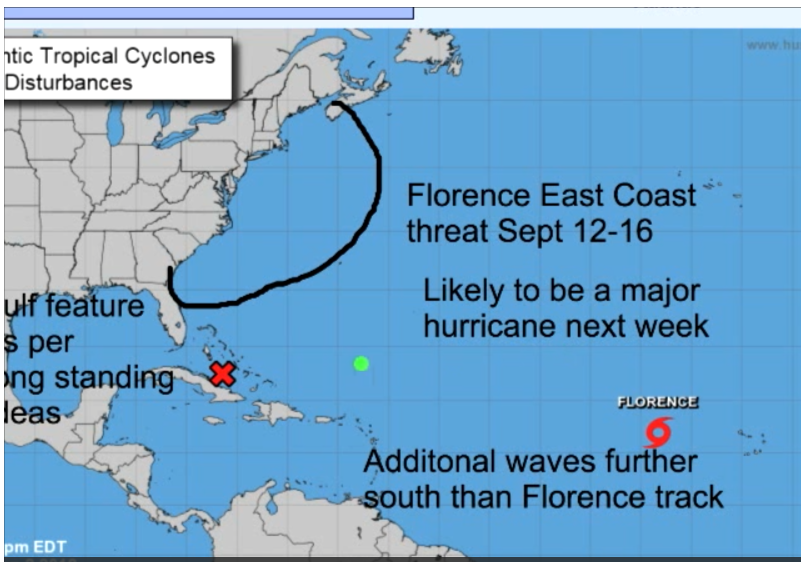


Radiosondes in flight can be tracked to obtain wind speed and direction. Radiosondes is a balloon that measures atmospheric characteristics, such as temperature, pressure, and humidity as they move through the air. The official weather stations used by the National Weather Service is called the Automated Surface Observing System (ASOS). According to the WMO, weather information is collected from 15 satellites, 100 stationary buoys, 600 drifting buoys, 3,000 aircraft, 7,300 ships, and some 10,000 land-based stations. These instruments are placed in various locations so that they can check the atmospheric characteristics of that location. Other instruments measure different characteristics of the atmosphere such as wind speed, wind direction, humidity, and amount of precipitation. Weather stations contain some type of thermometer and barometer. Barometric pressure data over a larger area can be used to identify pressure systems, fronts, and other weather systems. If pressure falls, a low pressure cell is coming and will likely bring storm clouds. If air pressure rises, a high pressure cell is on the way and clear skies can be expected.

A change in barometric pressure indicates that a change in weather is coming. A barometer may contain water, air, or mercury, but like thermometers, barometers are now mostly digital. Meteorologists use barometers to measure air pressure. Modern thermometers usually produce digital data that can be fed directly into a computer. Other modern thermometers measure infrared radiation or electrical resistance. As the temperature rises and falls, the coil unfolds or curls up tighter. A scale on the outside of the thermometer matches up with the air temperature.Some modern thermometers use a coiled strip composed of two kinds of metal, each of which conducts heat differently. Because mercury is temperature sensitive, it expands when temperatures are high and contracts when they are low. In an old-style mercury thermometer, mercury is placed in a long, very narrow tube with a bulb. Temperature, air pressure, and other characteristics of the atmosphere must be measured and the data collected. To make a weather forecast, the conditions of the atmosphere must be known for that location and for the surrounding area. Weather is extremely difficult to predict because it is a complex and chaotic system. Despite these advances, weather forecasts are still often incorrect. These models can be programmed to predict how the atmosphere and the weather will change. Together, the data and computers produce complex models that more accurately represent the conditions of the atmosphere. According to the World Meteorological Organization (WMO), a 5-day weather forecast today is as reliable as a 2-day forecast was 20 years ago! This is because forecasters now use advanced technologies to gather weather data, along with the world’s most powerful computers. Weather forecasts are better than they ever have been.


 0 kommentar(er)
0 kommentar(er)
